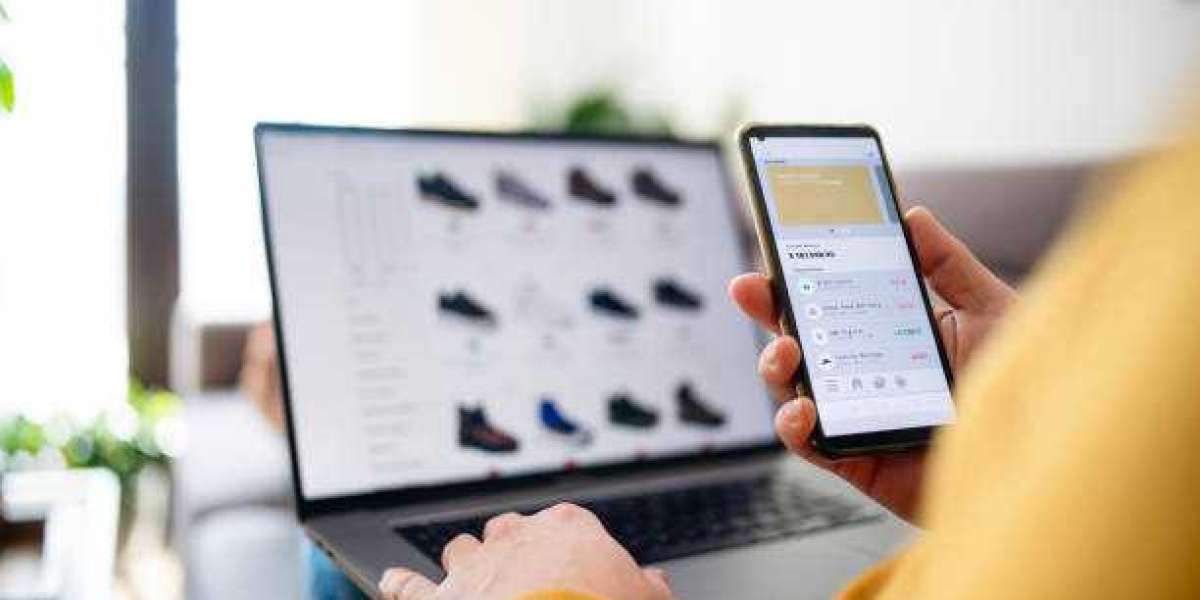MARKET OVERVIEW
The Russia e-commerce market was valued at USD 63.80 Billion in 2024 and is forecast to reach USD 142.62 Billion by 2033, growing at a CAGR of 8.88% during 2025-2033. Growth is driven by increased internet and smartphone penetration, improved digital payment infrastructure, logistics enhancement, and greater digital literacy. Consumers gravitate towards faster delivery, diverse product access, and seamless mobile experiences. Social media influence and targeted digital advertising further support market expansion.
STUDY ASSUMPTION YEARS
- Base Year: 2024
- Historical Year/Period: 2019-2024
- Forecast Year/Period: 2025-2033
RUSSIA E-COMMERCE MARKET KEY TAKEAWAYS
- Current Market Size: USD 63.80 Billion in 2024
- CAGR: 8.88% from 2025 to 2033
- Forecast Period: 2025-2033
- The market benefits from universal internet penetration with 90.4% population connectivity in 2024.
- Digital payment adoption is accelerating, with 57% of Russians owning debit cards and 20.08% credit cards.
- The Central Federal District accounts for 40.0% of market share due to high internet and urban consumer concentration.
- The apparel, footwear, and accessories segment leads with a 24.3% share in online retail sales.
- Business-to-Consumer (B2C) transactions dominate the market, driven by convenience, mobile optimization, and secure payments.
Sample Request Link: https://www.imarcgroup.com/Russia-Ecommerce-Market/requestsample
MARKET GROWTH FACTORS
Growth in the Russia e-commerce market has been helped by growing internet penetration, which grew to an estimated 90.4% of the total population in 2024, growing infrastructure even in rural areas, and efforts towards digitalization by the Russian government. People can now shop anytime on the move, with better mobile applications and websites for smartphones.
Digital payment solutions have fueled growth in e-commerce, replacing cash-on-delivery payments that had been common. In 2024, it was estimated that 57% of Russians had a debit card and 20.08% had a credit card. Digital wallets, private and state online banks, and fintech services are already available for online payments in Russia, and the BRICS members intend to develop a payment system based on blockchain.
Better logistics infrastructure (e.g. warehouses, delivery networks and last mile delivery) and digital literacy reduce time and uncertainty in delivering goods, and investments such as Wildberries' 3.5MW data center in Moscow contribute to this. Mobile commerce, AI personalized recommendations leading to repeat purchases, the development of social media platforms and influencer marketing, and targeted advertisements are contributing to the e-commerce growth in Russia.
MARKET SEGMENTATION
Analysis by Type:
- Home Appliances: Not provided in source.
- Apparel, Footwear and Accessories: Leading category with 24.3% online retail share. Driven by digital fashion experiences, virtual try-on, tailored recommendations, influencer marketing, and mobile-first browsing. Enhanced by size guides, expedited shipping, and promotional offers.
- Books: Not provided in source.
- Cosmetics: Not provided in source.
- Groceries: Not provided in source.
- Others: Not provided in source.
Analysis by Transaction:
- Business-to-Consumer (B2C): Core market driver in 2024. Supported by widespread access, mobile-optimized interfaces, secure payments, fast delivery, targeted marketing, loyalty programs, and interactive customer service.
- Business-to-Business (B2B): Not provided in source.
- Consumer-to-Consumer (C2C): Not provided in source.
- Others: Not provided in source.
Regional Analysis:
- Central District
- Volga District
- Urals District
- Northwestern District
- Siberian District
- Others
REGIONAL INSIGHTS
In 2024, the Central Federal District held the largest share of Russia's e-commerce market at 40.0%. This dominance stems from strong internet penetration, developed digital infrastructure, and a high number of tech-savvy, urban consumers centered around Moscow. The region benefits from increased average incomes and robust logistics networks, enabling strong online buying behavior. Retailers in the district offer deep inventory, same-day delivery, integrated customer services, and adopt innovative solutions such as AI-powered personalization and omnichannel fulfillment.
RECENT DEVELOPMENTS NEWS
- April 2025: Wildberries launched the 'Star Program' to attract Chinese entrepreneurs, offering commission discounts, traffic boosts, and shipping support, enhancing its market presence.
- April 2025: Russia and Belarus debuted a joint e-commerce platform for jewelry exports targeting China, UAE, Vietnam, and Southeast Asia, supported by the Eurasian Development Bank.
- April 2025: Wildberries expanded into Tajikistan, launching full online operations with local pick-up points.
- April 2025: Rosselkhozbank acquired a 50% stake in Avito, signaling increased state control in the digital economy.
- April 2025: PeckaDesign launched an e-commerce platform for Super zoo, bolstering pet retail across Central Europe.
KEY PLAYERS
- Wildberries
- Qifa
- Avito
- Rosselkhozbank
- PeckaDesign
If you require any specific information that is not covered currently within the scope of the report, we will provide the same as a part of the customization.
About Us
IMARC Group is a global management consulting firm that helps the world’s most ambitious changemakers to create a lasting impact. The company provide a comprehensive suite of market entry and expansion services. IMARC offerings include thorough market assessment, feasibility studies, company incorporation assistance, factory setup support, regulatory approvals and licensing navigation, branding, marketing and sales strategies, competitive landscape and benchmarking analyses, pricing and cost research, and procurement research.













